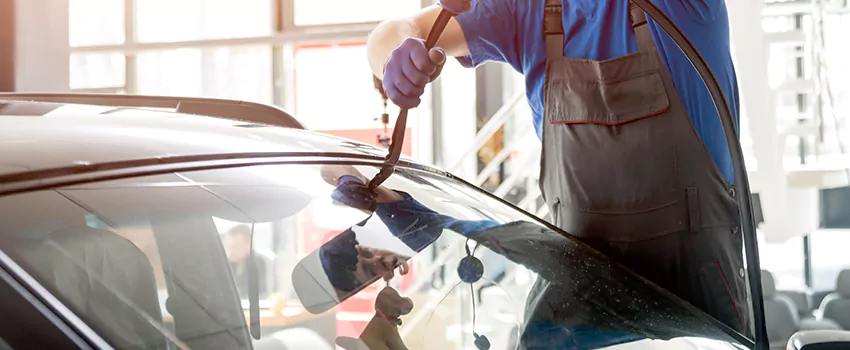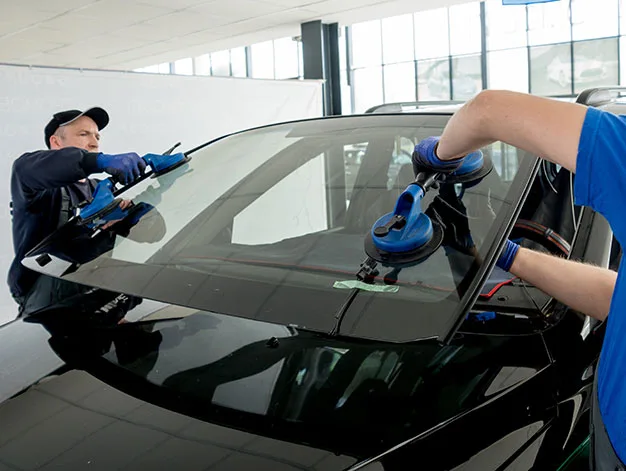The Comprehensive Guide to Auto Glass Molding and Shaping
How is car glass made? It's more than just melting sand
- Glass is shaped by blowing, rolling, and bending while hot.
- Safety features like lamination are layered into windshields.
- Strict quality control ensures every windshield is strong and clear.
In car manufacturing, molding glass is key. It's critical for the looks and safety of cars. This article delves into the complex process. It explores each step with detailed insights. This will enhance understanding and appreciation of this vital part of automotive design.

Understanding the Basics of Auto Glass
Auto glass is not just a component; it’s a safety feature. It is designed to provide visibility. It can withstand the environment and give the vehicle structural integrity. The glass used in cars is typically tempered or laminated. It is known for its strength and resistance to shattering.
The Initial Phase: Material Selection and Preparation
The journey of creating perfect auto glass begins with selecting the right materials. We combine high-quality silica sand, soda ash, limestone, and cullet (recycled glass). We melt them at around 1700°C. This forms a homogenous molten glass.
Molding the Glass: Techniques and Precision
Once the glass is molten, it is shaped using various techniques. For flat glass, like side windows, it is rolled out into sheets. For complex shapes like windshields, molten glass is placed into a mold, and air is blown to expand it.
The Art of Bending and Curving
Auto glass isn't always flat. Windshields and rear windows often require a curve for aerodynamics and proper fitting. This is done by heating the glass to soften it. Then, it is bent to fit specific curves.
Tempering: Enhancing Strength and Safety
Post shaping, the glass undergoes tempering - a rapid cooling process. This makes it stronger. It ensures that the glass breaks into small chunks if broken. This cuts the risk of injury.
Lamination: Adding an Extra Layer of Safety
For windshields, lamination is a crucial step. A polyvinyl butyral (PVB) layer is placed between two glass sheets. The sandwich is then heated and pressurized. This lamination process makes the glass tougher. It stops it from shattering when hit.
Quality Control: Ensuring Perfection
Each piece of auto glass is meticulously inspected for defects. Quality control measures include checking for size and curvature. They also ensure no imperfections could harm the glass's integrity or clarity.
Innovation in Auto Glass Molding and Shaping
The field is always changing. It has new innovations like heads-up displays, solar coatings, and acoustic layers. These advances improve functionality and comfort.
Conclusion
Auto glass molding and shaping is a complex yet fascinating process that combines art, science, and engineering. It shows how much the car industry values safety, innovation, and design. Understanding this process shows the complex work and tech advances in every vehicle. Auto glass is not just a part but a key contributor to the driving experience.
